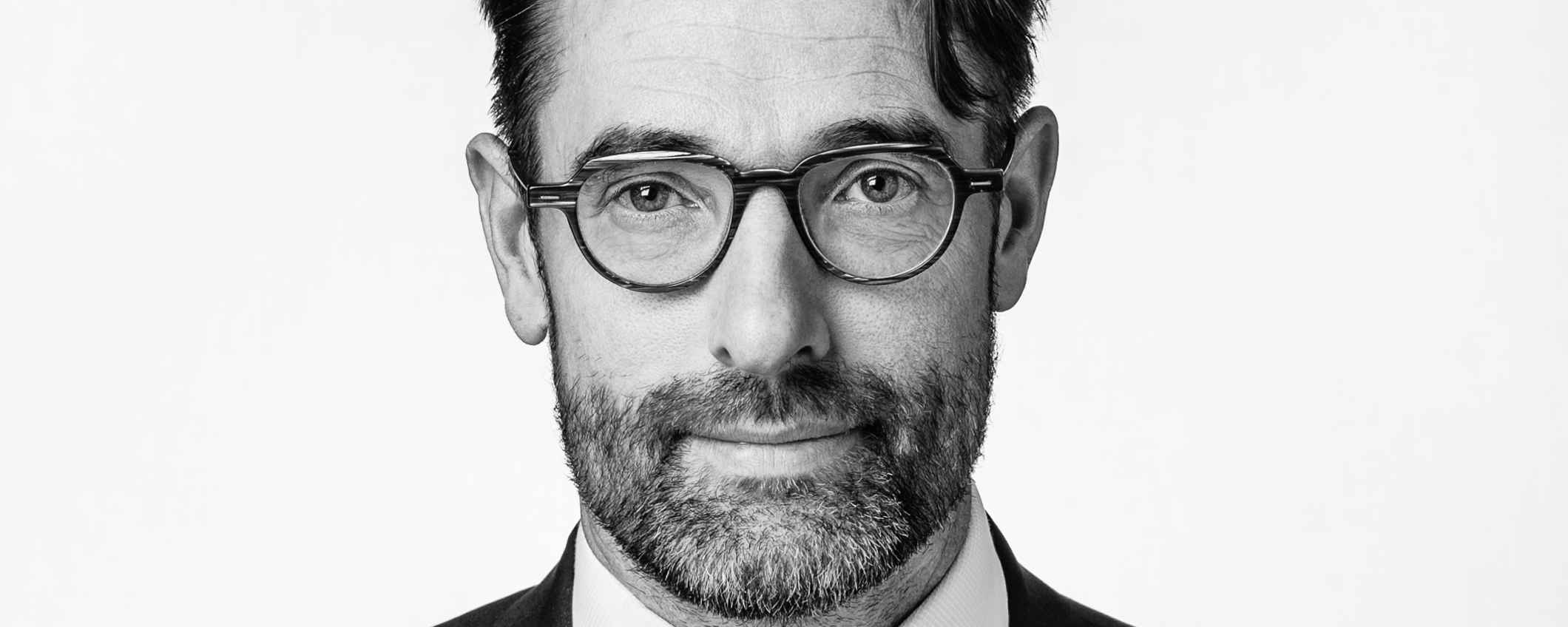Around this time last year, I felt quite hopeful. Most of the world was still in lockdown, but greenhouse gas emissions had been reduced substantially. And, so I thought, there was no way that when all this was over, we would simply go back to the old fossil world. COVID creating opportunities, remember?
Unfortunately, I was wrong - very wrong. Emissions were back to ‘normal’ by the end of 2020 and have been rising steadily ever since. This has highlighted again that global economic activity cannot be decoupled from greenhouse gas emissions. We are further than ever removed from the goals of the Paris Climate Agreement.
So how can it be that countries, companies and the financial sector are still promising that emissions will reach ‘net zero’ within a few decades? Because that is a very tall order. Achieving this would require an annual reduction in emissions that would exceed even that in the COVID year 2020.
There's a solution: less growth and therefore lower emissions
Most promises start with creative accounting. Juggling end and start dates, vague intermediate goals, divesting parts of companies (preferably the most polluting ones) and speaking in terms of ‘relative’ and ‘net’ instead of simply ‘no emissions’.
Add to this a large dose of hope for new unproven technology. The share of solar and wind energy may be increasing rapidly, but the role of hydrogen as an energy source generated with green power is another crucial element of this transition. It is quite doubtful whether this is being developed quickly enough.
‘Net’ is the key concept in this accounting session. Because net also allows for measures to be taken to extract greenhouse gases from the atmosphere, instead of actually reducing emissions as such. Such extraction could involve storing carbon in depleted natural gas fields, or creating more nature, for instance through reforestation.
Both options would not take away the cause, although more nature is the better solution of the two. At least that would make a positive contribute to biodiversity, instead of only obscuring the problem. But this is also not without risk: when does such an offsetting measure really offset? How can we be sure that new nature is actually being created and that it is not just a case of creative accounting (double offsetting), where nothing changes, and objectives are not coming one step closer?
And so we keep avoiding the discussion that we really need to be having. Because there is another solution: less growth and therefore lower emissions. But instead of giving that option serious thought, we now prefer to talk nonsense about net zero.
This is a translation of Hans Stegeman's column in , published May 4th, 2021.
Read Hans' previous column 'A wealth of disruption'

